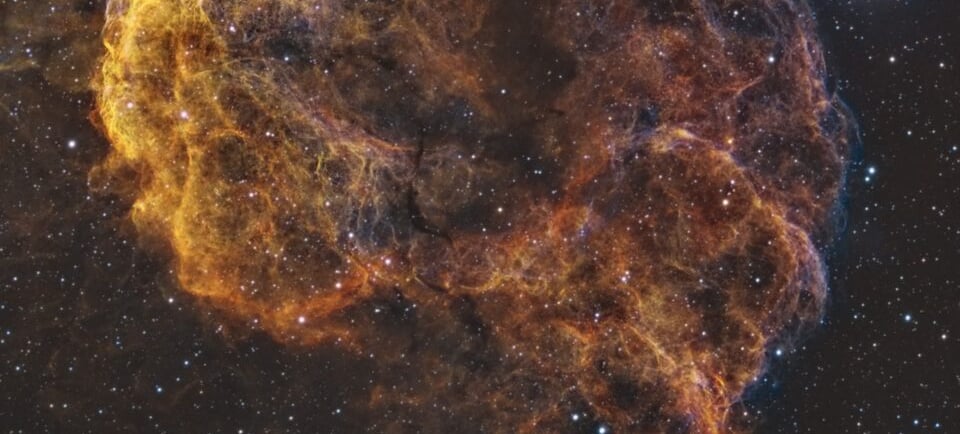IC 443: The Jellyfish Nebula


Introduction to IC 443
IC 443, also known as the Jellyfish Nebula, is a fascinating galactic supernova remnant located in the constellation of Gemini. Situated approximately 5,000 light-years away from Earth, this cosmic spectacle captivates both amateur and professional astronomers alike. As we delve deeper into the mysteries of its existence, we find ourselves uncovering the historical context of its formation and the captivating features it presents to observers.
The Origins of IC 443
The formation of IC 443 can be traced back to a violent supernova explosion that occurred between 30,000 and 35,000 years ago. This cataclysmic event marked the end of a massive star's life cycle, resulting in the dispersal of its outer layers into space. The remnants of this explosion not only illustrate the intricate processes of stellar evolution but also contribute to the ongoing cycle of star formation in our galaxy.
Observational Significance
One of the remarkable aspects of IC 443 is its position in relation to the bright star Eta Geminorum. This proximity allows astronomers to study the interaction between the supernova remnants and surrounding materials, offering insight into the dynamics of such stellar phenomena. Observations of IC 443 reveal its complex structure, marked by shock waves and luminous filaments, which are remnants from the initial explosion and subsequent interactions.
The study of IC 443 and its characteristics has significant implications for understanding the evolution of galaxies. It serves as a crucial link in the ongoing research on supernova remnants, furthering our knowledge about the life cycle of stars and the contributions they make to the galactic ecosystem.
In conclusion, IC 443 stands as a testament to the violent and beautiful nature of our universe. As a galactic supernova remnant, it offers a captivating glimpse into the processes that shape the cosmos, reminding us of the dynamic and ever-evolving nature of space. Continued research and observation of IC 443 will undoubtedly enhance our comprehension of stellar evolution and the intricate web of cosmic events that weave the fabric of our universe.
